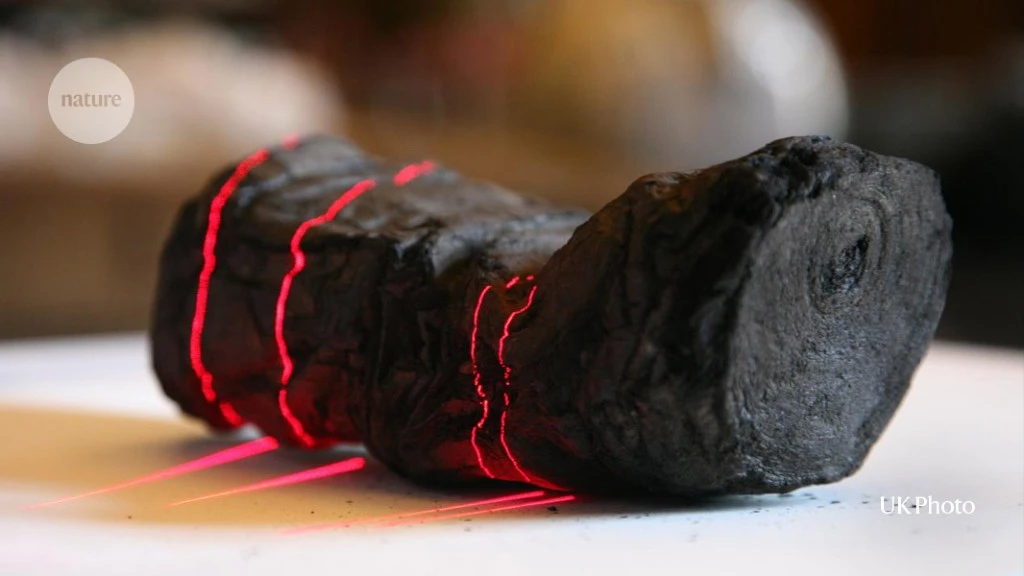- cross-posted to:
- news@lemmy.world
- history@lemmy.world
- science@lemmy.world
- cross-posted to:
- news@lemmy.world
- history@lemmy.world
- science@lemmy.world
A student, as part of a contest, used a machine-learning algorithm and CT scans to analyse on closed scrolls, buried by Mount Vesuvius in October AD 79. The breakthrough could unlock the contents of hundreds of never-before-seen writings.



We can see how it makes the translation and verify that it’s making accurate judgements based on the data it’s being fed. We can check the AI against controls too, other scrolls that we know what they say already and feed it data on them until it gets very accurate on those ones. Then apply that model to these unknown scrolls.
Note that the AI discussed in the article wasn’t translating anything. It was determining what was written in the original language by using scans of sections of the scroll, taking into account patterns (the “crackle”), differences in texture, etc., that hadn’t been leveraged in this way before.
Otherwise you’re spot on - it was trained on other similar scans that exhibited those patterns where the written text was already known.
Thanks to you and the next person for the extra detail.